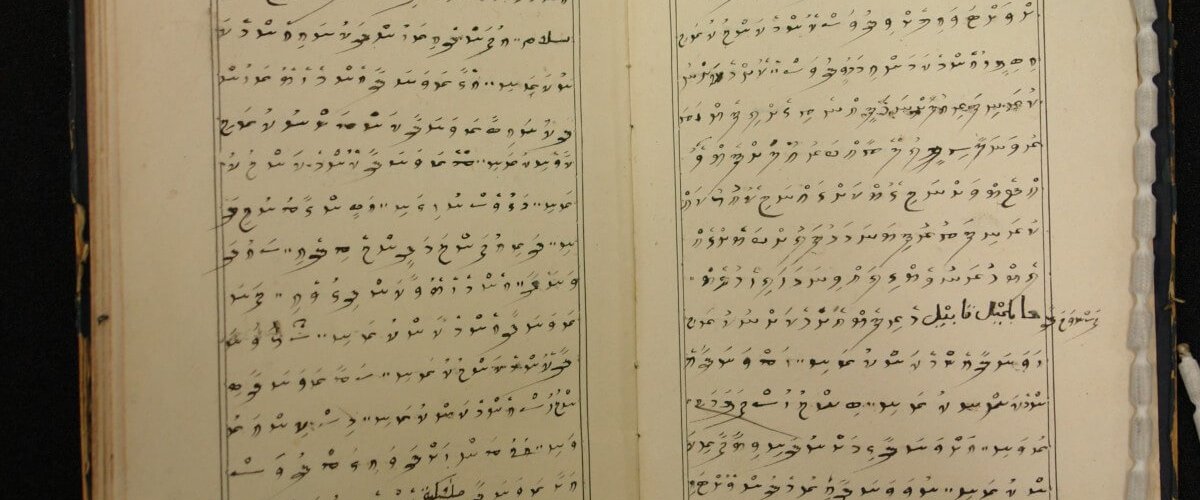Maldives independence Day
Today, 26th July, marks Maldives Independence Day. The country gained its independence in 1965 following successive Portuguese, Dutch and British protectorates, and became a republic in 1968. The Republic of Maldives is the smallest country in South Asia consisting of 26 atolls which stretch across the equator. It is situated in the Indian Ocean southwest of Sri Lanka and India, about 750 kilometres from the Asian continent’s mainland. The Maldivian Archipelago is located on the Chagos-Laccadive Ridge which is a vast submarine mountain range in the Indian Ocean and has an average ground-level elevation of 1.5 metres (4 ft 11 in) above sea level, making it the world’s lowest-lying country and consequently very vulnerable to flooding and loss of land with rising sea levels. However the islands contain many interesting species of flora and fauna, and its beautiful beaches have, since the 1970s, attracted tourists providing valuable income to the country.
As the smallest country in South Asia, I was interested to see what, if any, of our Collections were related to it. As you might guess, we have only a few. There is some printed material including volumes I and III of Mäldivische Studien by the German scholar, Wilhelm Ludwig Geiger (1856-1943). These are articles produced for the series Sitzungberichte der philosophisch-philologischen und der historischen Classe der k. b. Akademie der Wissenschaften zu München in 1900 and 1902 (presumably volume II was published in 1901 but we haven’t a copy). Wilhelm was a German orientalist, a specialist in Pali, Sinhala and Dhivehi languages, the latter being the language of the Maldives. However his son is probably much better known – Johannes Wilhelm “Hans” Geiger (1882-1945) became a physicist and he is the inventor of the Geiger counter, the instrument for detection of ionizing radiation.

Other printed material include versions of the seventeenth century work, Voyage de François Pyrard, de Laval : contenant sa navigation aux Indes Orientales, Maldives, Moluques, & au Bresil & les divers accidens qui luy sont arrivez en ce voyage pendant son sejour de dix ans dans ces pais : avec une description exacte des moeures, loix, façons de faire, police & gouvernement : du trafic & commerce qui s’y fait; des animaux, arbres, fruits, & autres singularitez qui s’y recontrent : divise’ en trois parties. / avec des observations geographiques sur le present voyage, qui contiennent entr’autres, l’estat present des Indes, ce que les Europeens y possedent, les diverses routes dont ils se servent pour y arriver, & autres matieres / Par le sieur Du Val, Geographe ordinaire du Roy – that’s some title! Within the Collections is a 1669 French version and a nineteenth century English translation published by the Hakluyt Society.

Chapters 10 – 23 of the first volume are devoted to descriptions of the Maldives. He begins his description (in English translation) ‘The Maldive isles begin at 8 degrees from the equinoctial line to the northward, and terminate at 4 degrees to the southward. Their length is thus great – about 200 leagues; their breadth is only 30 or 35 leagues…’ From a geographical description the author moves on to describe people, customs, government, the king, his palace, revenue and wives, the memorable events and accidents to ships. He concludes his section on the Maldives with a description of coming of the king of Bengal to the Maldives which resulted in the death of the Maldivian king and the pillaging of the country. After this Pyrard left the Maldives and travelled up the Gulf of Bengal to continue his voyage.

In the Papers of Alexander Johnston are a few manuscripts connected with the Maldives. Sir Alexander Johnston, PC, FRS (25 April 1775 – 6 March 1849), was born in Carnsalloch, Dumfriesshire but moved with his family to India when his father received a posting in the Madras Presidency. He returned to England to study law. Johnston became a British colonial official who served as third Chief Justice of Ceylon and second Advocate Fiscal of Ceylon. He introduced a range of administrative reforms to the country and was an advocate of the rights of the native people. He was also an orientalist and along with Henry Thomas Colebrooke and others he was a founding member of the Royal Asiatic Society. The Maldivian manuscripts are found in collection of manuscripts bound together in a single volume. Their variety reflect something of the diversity of Johnston’s interests. Alongside those connected to the Maldives are others such as
- “A Vutteluttoo Syllabarium” – “a table of Vatteluttu script”.
- “Vocabulary English and Cingalese which last is spoken in the Island of Ceylon” – an “English-Sinhalese vocabulary” presented to the Society by Johnston on 17 November 1827.
- “3 forms of the Singalese character used in writing Sanscrit, Pali and Singalese” – “Sinhalese-Pali alphabet”
- “Plan of a Comparative Vocabulary of Indian Languages; Read at the Literary Society of Bombay on the 26th May 1806 by Sir James Mackintosh”. Printed, Bombay, 1806, presented to the Royal Asiatic Society by Johnston on 12 July 1828.
The full list can be found here.

We also hold a single copy of a Maldivian manuscript which is a Maldivian Nakaiyterikaṅ (astrology) manuscript (SC 38). At the commencement of the manuscript it is titled in English, “Nek-ket Were-ingay foy which means our conjuring book”. This is followed by an explanation of its use, e.g. in consulting before undertaking a voyage. This copy was made in September 1817 by Nalle Tandy, a “Chitty man” who was the interpreter of the Maldivian language. The image at the top of the page shows part of the manuscript’s text which is read right to left. The catalogue entry for it can be found here.

We would like to wish all the people of the Republic of Maldives a happy Independence Day and if you would like to know more about our Collections or see these connected to the Maldives, please do get in contact.

